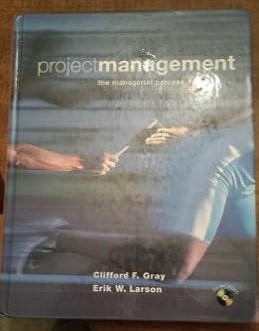Answered step by step
Verified Expert Solution
Question
1 Approved Answer
CASE 2 . 1 As If Your First Life Wasn't Bad Enough: Suing Your Virtual Second Life in Reality Usually people go into a virtual
CASE
As If Your First Life Wasn't Bad Enough: Suing Your Virtual Second Life in
Reality
Usually people go into a virtual reality game to get away from their daytoday problems and to
live a different, more carefree lifestyle. Fighting dragons or each other going on quests, having
virtual dates, this would seem to be the formula for fun in the virtual world. Now, consider the
world of Second Life where some residents have taken the game far too seriously and filed reallife lawsuits against one another for actions taken in this virtual world.
Second Life, an online virtual world created by Linden Lab, mimics real life. In this online
computer game, users click to accept the Terms of Agreement, create their own avatar called
residents and then explore the world known as the grid to meet other residents, socialize,
participate in individual and group activities, and potentially create and trade virtual property and
services with one another
An avatar named Richard Minsky filed a real lawsuit against another avatar in the game as well
as two directors at Linden Labs because Keegan the avatar being sued opened up an art gallery
in Second Life called SLart a name that Minsky had originally trademarked in Minsky
felt that his trademark had been violated regardless of the virtual nature of the gallery in
question.
Interestingly enough, Minsky's lawyer is someone he met through Second Life and has an avatar
himself. Reportedly the lawyer's avatar sent Keegan's avatar a cease and desist order and also
sent the same orders to the directors of Second Life. In his own defense, Keegan stated, A
Second Life neighbor actually living in Australia did it for me As a logo I just put SL in capitals
followed by art. I may have thought of SLart around the same time as Minsky. But that doesn't
matter in US trademark law: who gets there first wins. Since the suit, the sign was officially
taken down by Second Life and the trademark was officially given to Minsky in the game's
virtual reality as well. This case was considered a bench test of whether real courts can get
involved in virtual world disputes.
Second Life has been in other lawsuits as well. The most recent is a class action lawsuit filed by
several users accusing Linden Labs of changing the terms of virtual property ownership.
Residents claimed they were forced to agree to new terms that eroded their ownership rights to
virtual property and goods They claimed that the promises of ownership were empty and that
the company falsely advertised these rights so that they could add new people from around the
United States.
Questions:
How many critical issues are discussed in this case and what are they?
Identify the facts, assumptions, and sentiments FAS for each issue of the case.
Who are the interested stakeholders for each issue?
Choose one issue. What are the stakeholders' incentives?
As a director of Linden Labs, you have been asked to testify in court for a lawsuit similar to the
ones in the case. Present an argument that can serve as a defense for Second Life.
What strategy would you use as director of Linden Labs for accomplishing one of your issue
objectives?
Step by Step Solution
There are 3 Steps involved in it
Step: 1

Get Instant Access to Expert-Tailored Solutions
See step-by-step solutions with expert insights and AI powered tools for academic success
Step: 2

Step: 3

Ace Your Homework with AI
Get the answers you need in no time with our AI-driven, step-by-step assistance
Get Started


